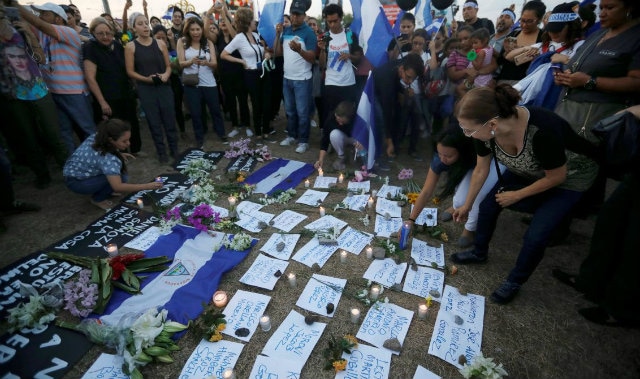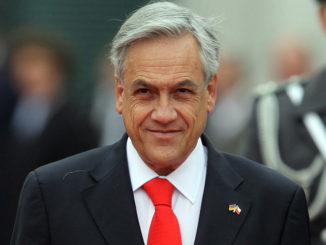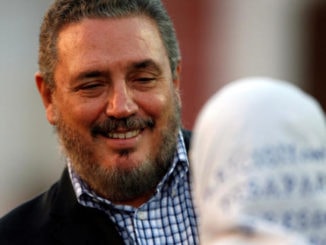
MANAGUA – Violence in Nicaragua since the protests against the government of Daniel Ortega began two months ago leaves a death toll that ranges between 212 and 285, according to different human rights organizations.
The report presented yesterday by the Nicaraguan Association for Human Rights (ANPDH) indicated that at least 285 people have died and more than 1,500 were injured between April 18 and June 25. Meanwhile, the Nicaraguan Center for Human Rights (Cenidh) counts 212 dead until last Sunday.
The Cenidh said it is investigating possible deaths in recent days. Of the 285 deaths reported by ANPDH, 262 were registered by the agency with name, date, place and cause of death, while the rest have not been identified.
From inside Ortega's Govrnmnt was just warned should guard property, have open eyes, be careful; all because our Press Conference denouncing 285 deaths.@POTUS @VP @SecPompeo @nikkihaley @AmbCTrujillo @AmbJohnBolton @USAmbNicaragua @RosLehtinen @marcorubio @RemediosDiaz
— ANPDH (@ANPDHPresidenci) June 27, 2018
According to the ANPDH, most of the victims are young people who died from bullet wounds to the head and thorax in the departments of Managua and Masaya (south). Masaya has been heavily punished by government repression, the report said. So far in June at least 120 deaths occurred, which coincides with the appearance, at the end of May, of groups of armed civilians participating in police operations against demonstrators, intimidating or shooting the population in the cities.

“Repression has increased” since “these paramilitary groups began to operate, repressing torture by killing and violating human rights,” said the executive secretary of the ANPDH, Álvaro Leiva. According to the report, they are “paramilitary and shock armed groups exercising captures, tortures, atrocious selective killings, breaking and entering of property and damage to property”, regardless of the law. The action of these groups has also led to “an undeclared state of siege”.
Pope appeals for peace in Nicaragua as deadly clashes claim 100 lives
Since the protests began, the ANPDH has helped to remove from prison more than 200 people illegally arrested, and 20 police officers who were held by the protesters. Leiva said that Masaya, a combative city 30 km south of the capital, “is under a permanent threat of bloodshed.”
The priest of the San Miguel de Masaya church, Edwin Román, said that the city is currently “taken by the paramilitaries”, but his rebellious Monimbó neighborhood “is still fighting.”–MercoPress



